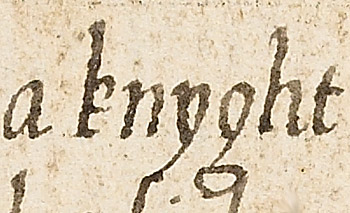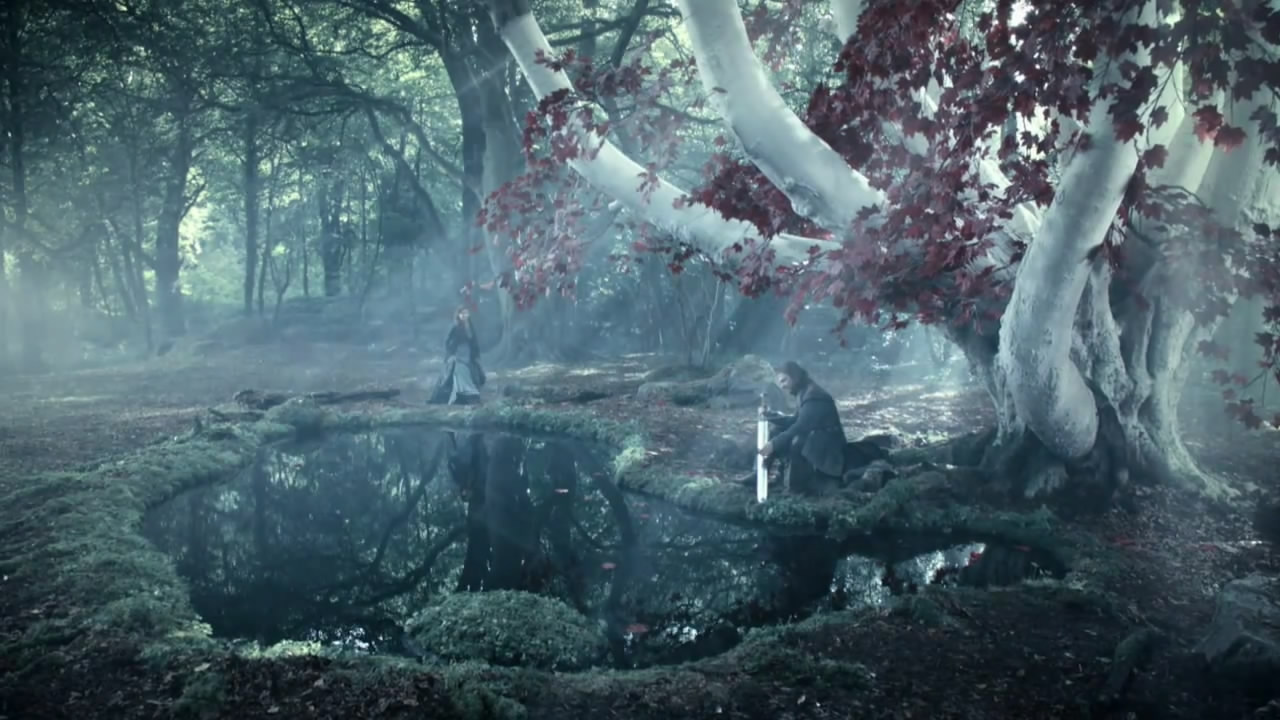The medieval Christian stories we
have been reading present more a clearly defined and
simplistic view of religion and race. In the medieval mind, race and religious
faith are inseparably intertwined, placing this relationship in clearly defined
boundaries: if you are white you are Christian, if you are not white you are
not Christian. In the confines of this simple equation, what is and is not a
threat to these Christian’s is easy to identify as well: religion that is not
Christian is foreign religion, and foreign religion threatens
Christianity.
In these
stories we see a division in this threat of foreign religion, there is the
internal threat and the external threat. On an internal level you have the
Jewish population seen as a foreign religion in Christian nations (EX: “Child
slain by Jews” in The Middle English Miracles of the Virgin). On an external
level you have Islam, seen as a foreign religion present in foreign nations
(EX: Sultan of Babylon). How much of this ideology is retained today? Very
little, and what does remain has of late, evolved substantially.
Western
nations that once identified as Christian nations have become largely secular.
With a trend towards multiculturalism, the majority of western nations have
been encouraging an unprecedented level of immigration that has changed the
face of many of these nations. National identity in many western nations is
shifting away from conceptions of race as a unifying quality, to union though
ideological identity. With national identity shifting to ideological over
racial, what is perceived as threats to these nations has also shifted from
racial to ideological.
Though this shift has created
national identity dramatically different from the nationally identity we see in
medieval literature, we do see in the modern day, a reflection of the threat
posed by foreign religion in medieval literature. Terrorist attacks and war in
the Middle East has reawakened the perception of Islam as a threatening force.
However, unlike in medieval literature this threat has had, more singularly, an
ideological contest. This war and terrorism has not been seen as having racial motivation, but
ideological.
Just as important to note is that
unlike the Christian nations of the past, western nations of the present do not
perceive all Muslims or Islam as a whole to be the threat, but rather, what has
been deemed “radical Islam”. Though Islam has again become perceived as a
threatening force, it is not Islam as a whole that is seen as threatening. In
the modern day, the fear is of “radicals”.
The struggle against ISIS has
changed the western perception of radical Islam as a singularly external
threat, to an internal threat as well.
No longer is radical Islam a threat posed singularly by
people of foreign nations, but from the people within western nations as well. It has
been a shocking revelation that 2500 people from western nations are fighting
along side ISIS. In light of this, many westerners are examining the local
sphere, trying to identify why, what has so long seemed an external threat, has
become so acutely internal as well. This national introspection has brought to
light some very shocking events.
http://www.telegraph.co.uk/news/uknews/crime/10061217/Imams-promote-grooming-rings-Muslim-leader-claims.html
As noted in The Telegraph, a UK newspaper, the kind of
religiously motivated crime within western nations is evolving as well. Liberal
immigration policies with next to no structure for integration has given
fundamentalist Islamic ideology a foothold to evolve into radicalism within
these nations.
Though
western nations of the modern day do reflect some of the medieval trends in
perception, the context, very fortunately, could not be more different. In the modern world we are moving away from
the confines of race towards national identity founded in ideological unity. Greatly
freed from the prejudices present in medieval literature, western nations of
the modern day no longer condemn Islam as a whole, but radical ideology stemming
from fundamentalism.

























 --->
---> 


